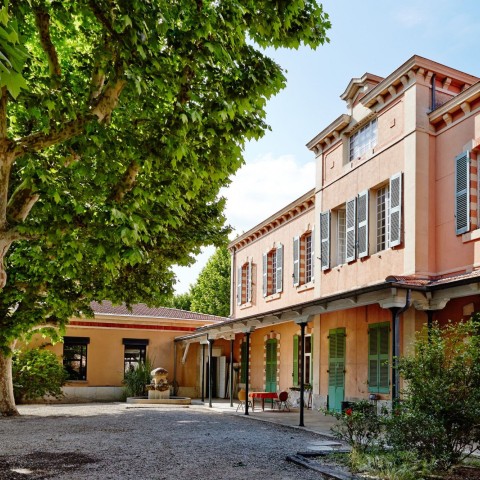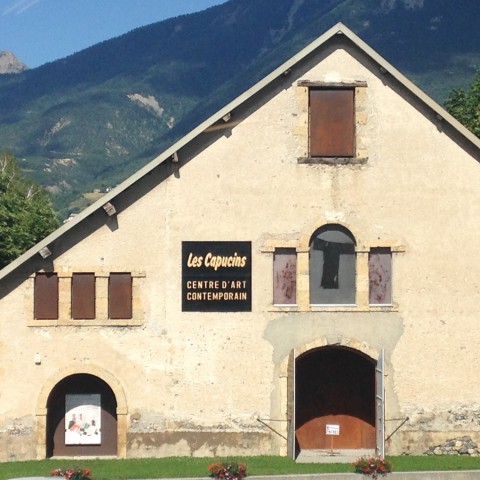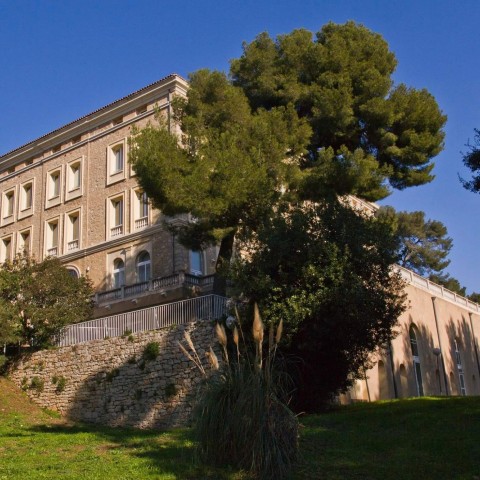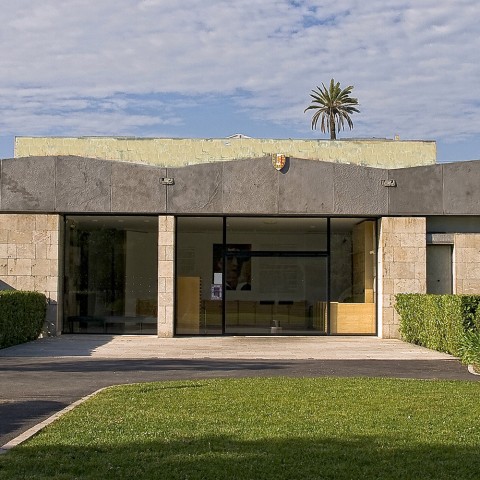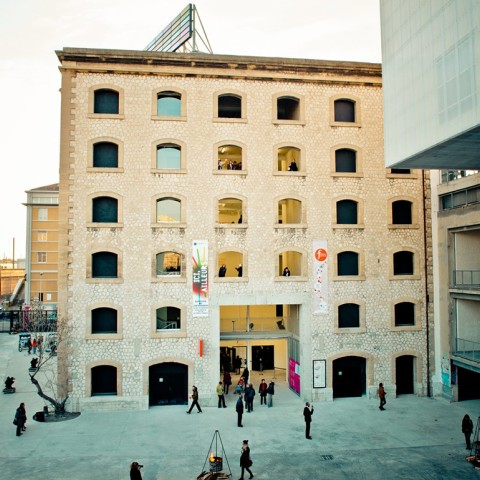Crac Occitanie
Located in the heart of Sète, the CRAC faces the Mediterranean harbour. The architecture of this 1,200 m2 building reflects its industrial nature : a former fish-freezing factory renovated in 1997.
Located in the heart of Sète, the CRAC faces the Mediterranean harbour. The architecture of this 1,200 m2 building reflects its industrial nature : a former fish-freezing factory renovated in 1997.
Programme
Yvonne Rainer : A Reader
Yvonne Rainer: A Reader explores the legacy of the choreographer and filmmaker born in 1934, a pivotal figure of the New York avant-garde. From the 1960s onward, she shifted away from minimalism to question emotions, as well as social and political relations, articulating a critical, feminist, and queer perspective. The exhibition adopts the format of a reader — a collection of texts — expanded into a multidisciplinary space bringing together dance, cinema, performance, visual arts, literature, and archives. Alongside a complete retrospective of her films, numerous contemporary artists (Atlas, Boudry/Lorenz, Maheke, Ntjam, Pendleton…) engage in dialogue with her work. A bilingual publication accompanies this groundbreaking project, making her writings, interviews, and essential reflections available in French for the first time.
Access
Crac Occitanie, le Centre régional d'art contemporain
Occitanie / Pyrénées-Méditerranée
26, quai Aspirant-Herber
34200 Sète
+33 (0)4 67 74 94 37
crac.laregion.fr
Every day except on Tuesday: 12.30pm - 7pm.
Saturday & Sunday: 2pm - 7pm.
Free entry.
Locate other art venues in the vicinity on the map.
Discover our address book
PLACES TO STAY
• L’Orque Bleue Hotel : boutique hotel on the banks of the Royal Canal in the heart of Sète.
PLACES TO EAT
• Le Paris-Méditerranée : a gourmet and inventive cuisine, evenings only.
• Midi Là-Haut : restaurant and café of the Museum Paul Valéry with sea view.
• Chez Lanchois : delicious fusion cuisine in a wonderful setting (access through an industrial area).
• Là-Haut : a snack where we reportedly eat the best tiellas.
• Chez Nossa : deluxe pizzas and natural wines.
• Chez Alphonse et Fils : enjoy the black sesame ice cream and the view…
CULTURE & HERITAGE
• Musée Paul-Valéry
• Miam : Musée International des Arts Modestes
• MACO, le Musée à Ciel Ouvert : art walks through the city, marked by street art works.
• MID, Maison de l’Image Documentaire
WALKS
• Le Mont Saint-Clair : an outstanding panoramic view of the Mediterranean and the Bassin de Thau.
• La Pointe Courte : typical alleys convey the Sète’s culture.
• The marine cemetery
FESTIVALS
• Fiest’A Sète (late July, early August)
• Worldwide festival (early July)
• K-Live festival (early June)
• La fête de la Saint-Louis (end of August)















































